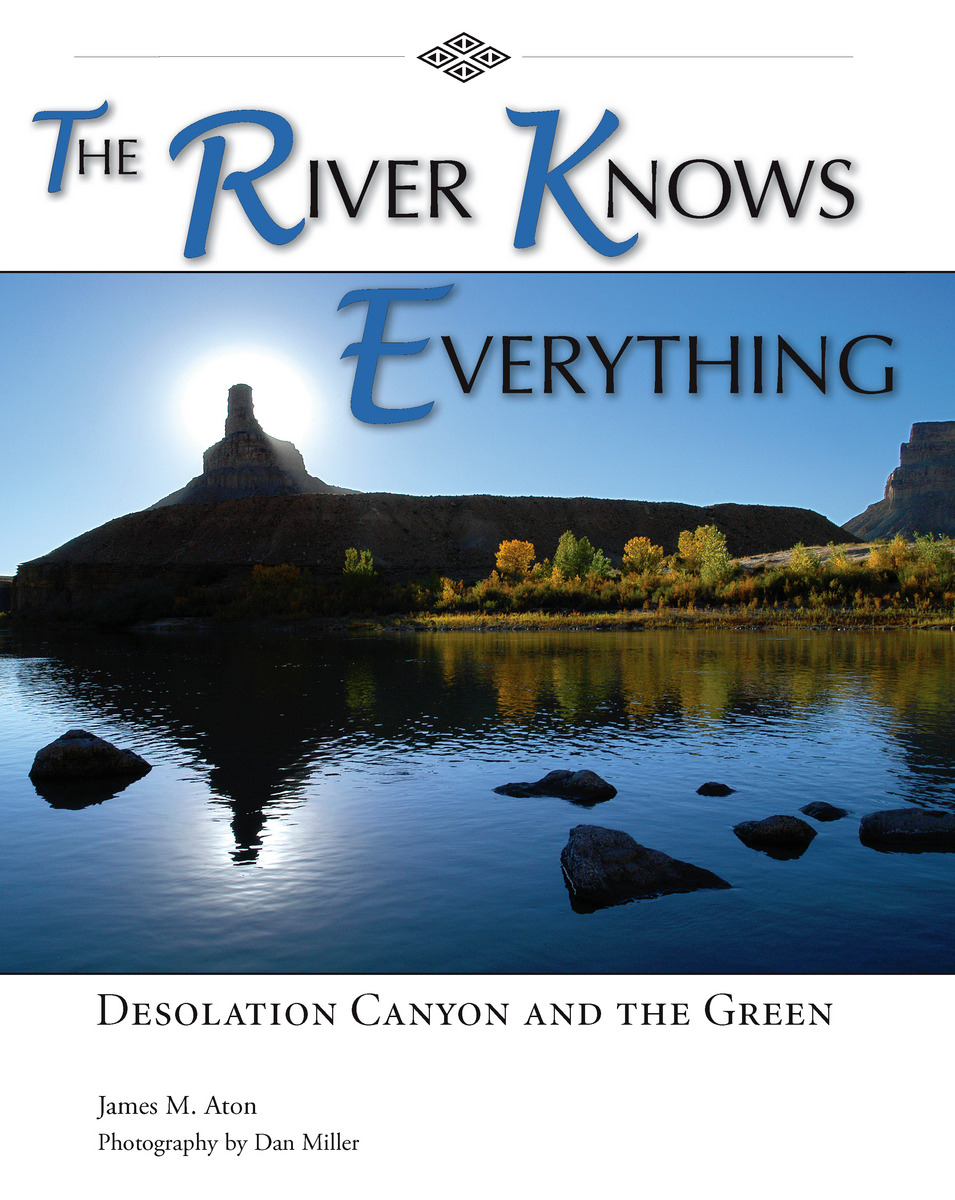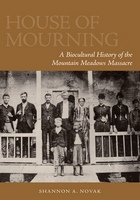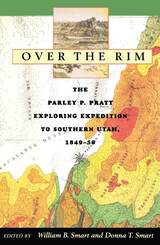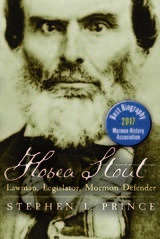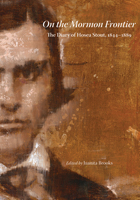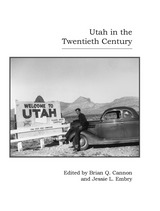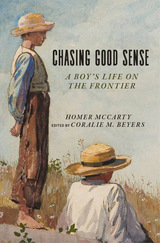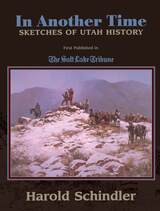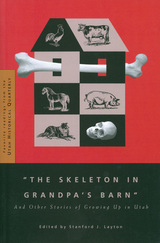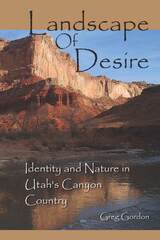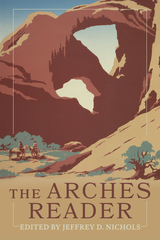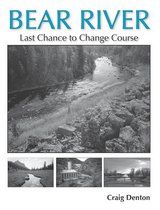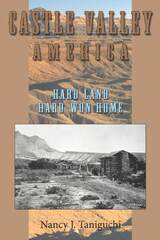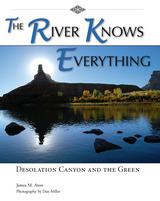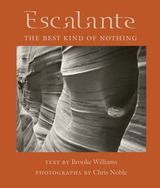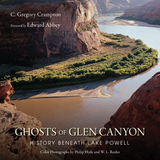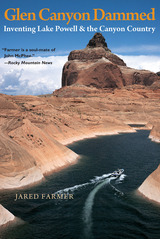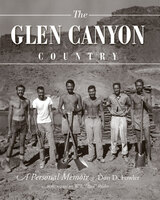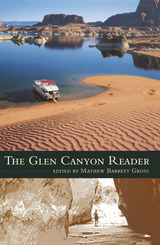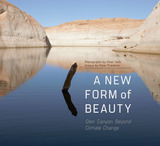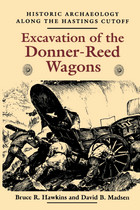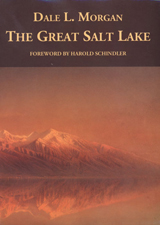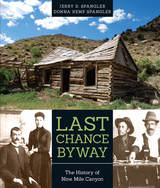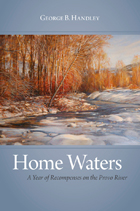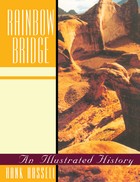The River Knows Everything: Desolation Canyon and the Green
Utah State University Press, 2009
Cloth: 978-0-87421-652-3 | eISBN: 978-0-87421-736-0
Library of Congress Classification F832.D46A86 2009
Dewey Decimal Classification 979.25
Cloth: 978-0-87421-652-3 | eISBN: 978-0-87421-736-0
Library of Congress Classification F832.D46A86 2009
Dewey Decimal Classification 979.25
ABOUT THIS BOOK | REVIEWS | TOC | REQUEST ACCESSIBLE FILE
ABOUT THIS BOOK
Desolation Canyon is one of the West's wild treasures. Visitors come to study, explore, run the river, and hike a canyon that is deeper at its deepest than the Grand Canyon, better preserved than most of the Colorado River system, and full of eye-catching geology-castellated ridges, dramatic walls, slickrock formations, and lovely beaches. Rafting the river, one may see wild horses, blue herons, bighorn sheep, and possibly a black bear. Signs of previous people include the newsworthy, well-preserved Fremont Indian ruins along Range Creek and rock art panels of Nine Mile Canyon, both Desolation Canyon tributaries. Historic Utes also pecked rock art, including images of graceful horses and lively locomotives, in the upper canyon. Remote and difficult to access, Desolation has a surprisingly lively history. Cattle and sheep herding, moonshine, prospecting, and hideaways brought a surprising number of settlers--ranchers, outlaws, and recluses--to the canyon.
See other books on: Green | Land settlement | Oral history | Rivers | Utah
See other titles from Utah State University Press
